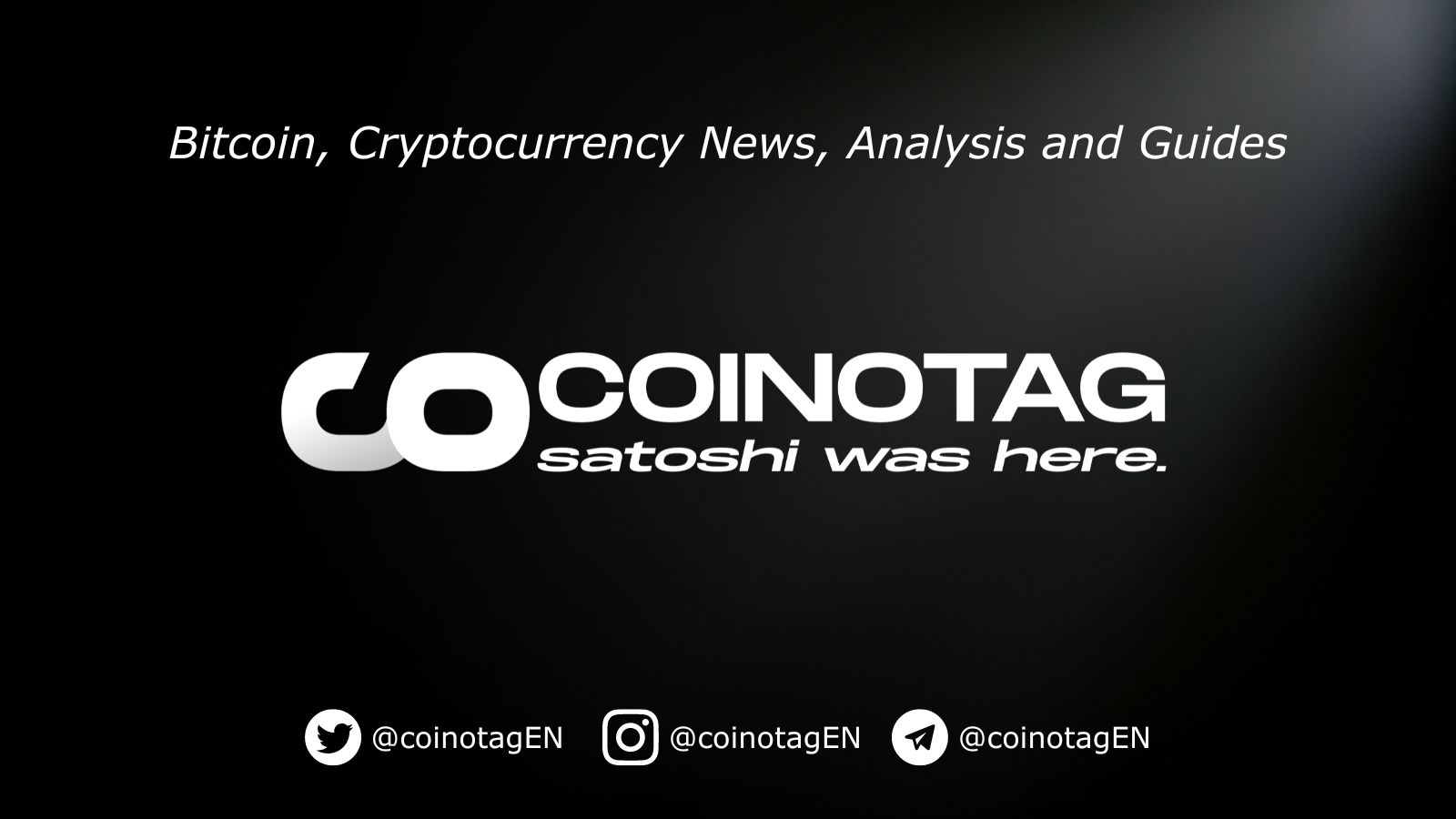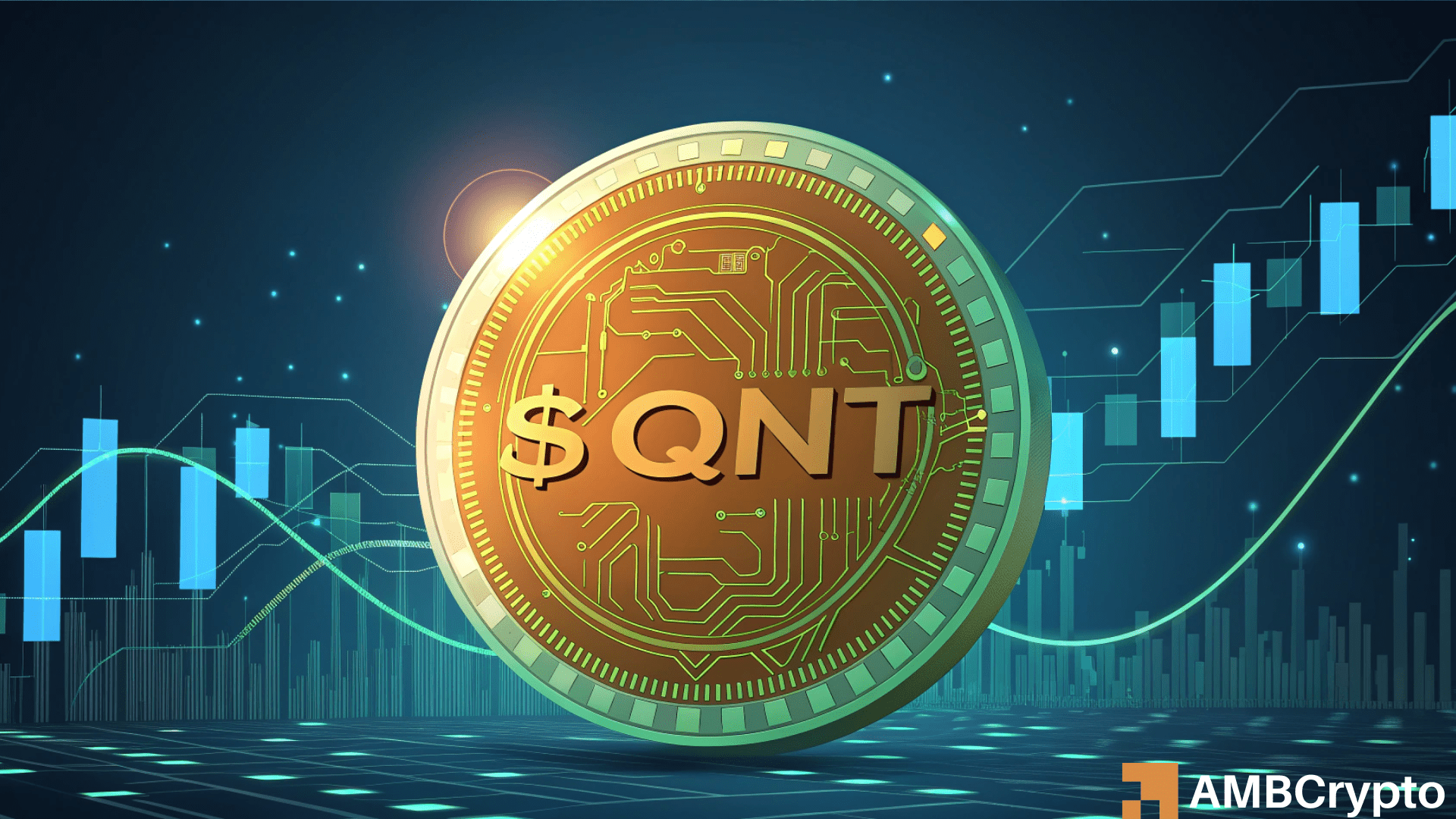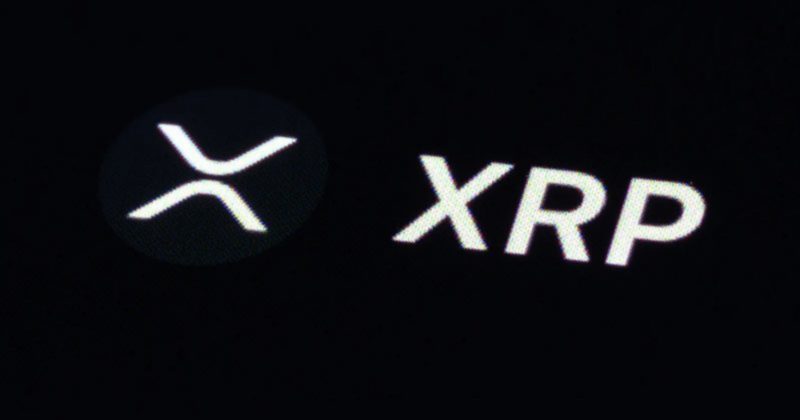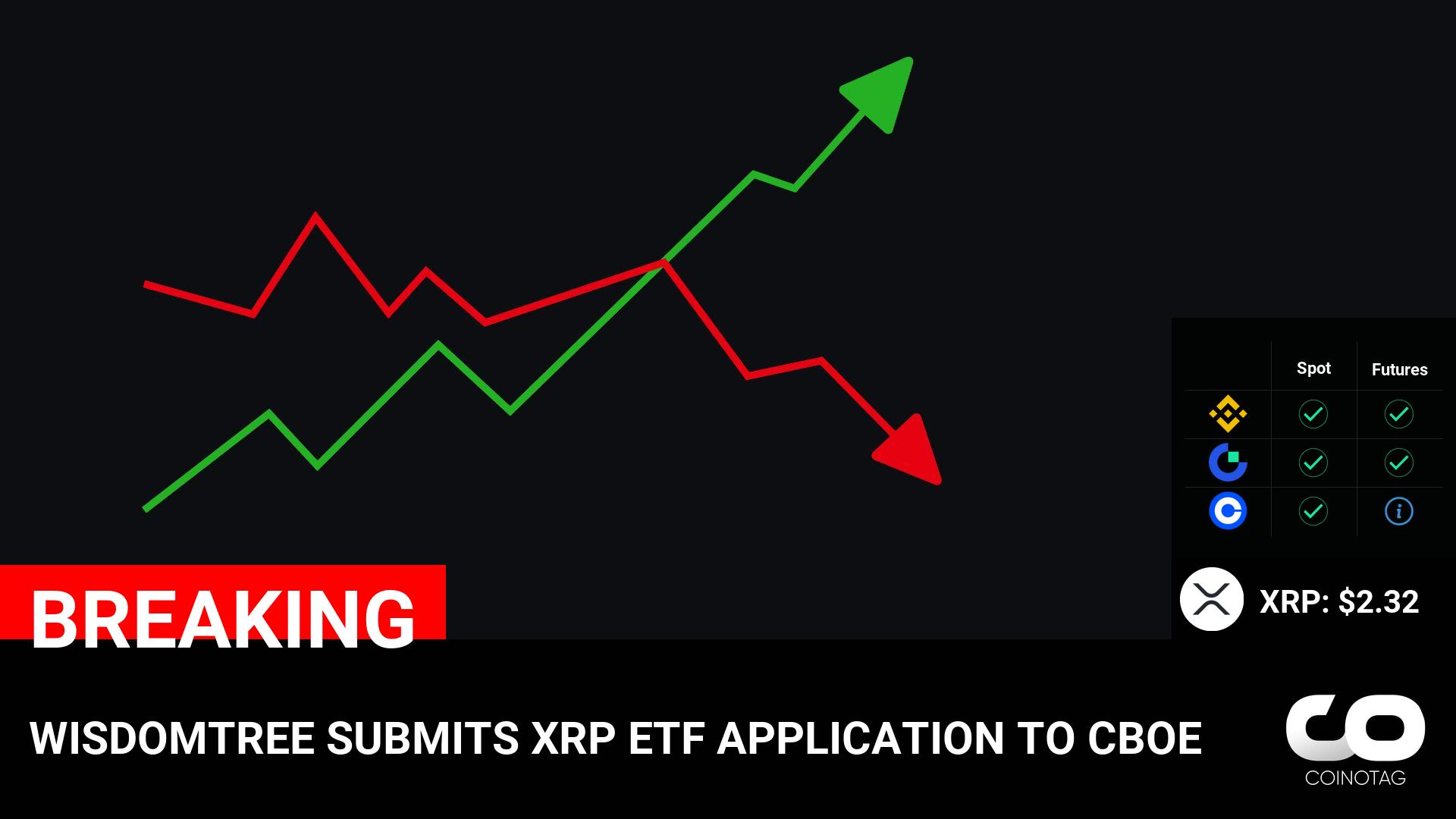
The Ethereum ecosystem stands at a pivotal moment. Over the past four years, scaling challenges have been addressed through Layer-2 (L2) solutions, rollups, and technological breakthroughs, expanding from processing 15 transactions per second to thousands, with costs dropping from $50 per swap to mere cents. The rollup-centric roadmap worked – it worked almost too well. This success has introduced an unexpected challenge: fragmentation. With over 50 L2s and more in development, Ethereum has become a maze of isolated chains. Users now juggle multiple networks, bridge assets, and navigate complex processes to perform basic actions. The irony? Transactions may be faster and cheaper, but the overall user experience sucks! The Cost of Fragmentation Fragmentation is more than a minor inconvenience – it’s becoming an existential threat to Ethereum’s future. Users face the daunting tasks of managing multiple networks, bridging assets, and executing intricate processes. A simple action, such as buying a token, may require switching networks, bridging assets, and multiple transactions. Each step introduces friction, confusion, and opportunities for error. The impact on liquidity is even more severe. Capital becomes trapped in silos, reducing market efficiency and increasing costs for all participants. DeFi protocols struggle to maintain deep liquidity across multiple chains, forcing users into worse prices or convoluted multi-step processes. For developers, the situation is equally challenging. Choosing which L2s to support, managing multiple deployments, and building complex bridging infrastructure stifles innovation and raises barriers to entry for new projects. ERC-7683: The Standard for a Unified Ethereum This is why we at Across, alongside Uniswap Labs, have proposed ERC-7683 , a standard that allows Web3 apps to express complex multi-step crosschain transactions as a single user request that is executed by a shared network of relayers. By standardizing how these requests are expressed, ERC-7683 enables any crosschain action in the Ethereum ecosystem – irrespective of origin or destination chain – to feel as seamless as operating on a single chain. ERC-7683 standard has undergone multiple rounds of community feedback and is broadly supported by over 50 protocols including major projects like Arbitrum, Base, and Optimism and it has the support of the Ethereum Foundation`s L2 Interop working group. At its core, ERC-7683 simplifies cross-chain operations. Instead of manually managing network switches and bridges, users express what they want to achieve. For example, swapping tokens on Base using funds from Arbitrum becomes a one-click process. Behind the scenes, a network of competitive solvers races to fulfill these intents within seconds, handling all the complexity. This intents-based architecture separates the user’s desired outcome from the mechanical execution, eliminating the need for users to understand or interact with bridges. The result is a “home base” experience, where users can interact with the entire Ethereum ecosystem as if it were one chain. Some argue that users don`t care about cross-chain – they just want things to work. They`re absolutely right. This is precisely where ERC-7683 comes into play. It enables developers to abstract away all the chain complexity while still leveraging the scale and efficiency of a multichain ecosystem. Users benefit from the best of both worlds: the simplicity of one chain with the power of many. ERC-7683 is not theoretical, it ius already being used in production through Across implementation, which has processed over $18B in cross-chain volume. The standard builds upon years of development of Across` solver network, extending it into an open and flexible framework that others can build upon. A Vision for 2025: One Ethereum Imagine Ethereum in 2025: Users open their wallets and see all their assets across every chain in one view. They interact with any application on any L2 without ever thinking about bridging or network switching. Developers build applications once and seamlessly reach users everywhere. Liquidity flows freely across the ecosystem, maximizing capital efficiency and minimizing costs. This isn`t just a dream – it`s becoming reality. ERC-7683 delivers the two-second crosschain execution speeds needed for seamless experiences. And by standardizing crosschain interactions, it enables a new generation of applications that treat the entire Ethereum ecosystem as their canvas. Beyond Technology: The Path to Mass Adoption While ERC-7683 is a technical standard, its implications extend beyond technology. By resolving fragmentation, it addresses one of the most significant barriers to mainstream adoption. DeFi becomes more accessible when users no longer need to navigate L2s and bridges. Liquidity improves as assets move seamlessly across marketplaces. Governance participation becomes more inclusive as users can vote from any network. This unified experience positions Ethereum to continue to lead as the pioneer Web3 protocol. While other chains optimize for speed within a single network, Ethereum is building a unified ecosystem that combines the benefits of specialised L2s with the simplicity of a single chain. The Time to Act is Now ERC-7683 has gained broad support from over 45 teams, including Arbitrum, Base, Optimism, Polygon, and zkSync, reflecting the Ethereum community`s readiness to address fragmentation. Unified standards, shared infrastructure, and collaboration are crucial to overcoming these challenges. With fast L2s, account abstraction, and intent-based bridging already in place, ERC-7683 integrates these innovations into a cohesive standard, setting the stage for Ethereum’s next chapter. Fragmentation cannot be allowed to hinder Ethereum’s progress. Adopting ERC-7683 is essential for building a unified, accessible ecosystem. L2s, developers, and the broader community are encouraged to embrace this standard to unlock Ethereum`s full potential as a scalable and seamless system by 2025. Let`s make it happen.
CoinDesk
You can visit the page to read the article.
Source: CoinDesk
Disclaimer: The opinion expressed here is not investment advice – it is provided for informational purposes only. It does not necessarily reflect the opinion of BitMaden. Every investment and all trading involves risk, so you should always perform your own research prior to making decisions. We do not recommend investing money you cannot afford to lose.
Glassnode Co-Founders Say One ‘Fundamentally Strong’ Crypto Sector Looks Promising, Updates Outlook on Bitcoin
![The co-founders of market intelligence firm Glassnode are identifying one nascent crypto sector that looks particularly strong while updating their outlook on Bitcoin ( BTC ). In a new thread on the social media platform X, Jan Happel and Yann Alleman – who go by the handle Negentropic – say that real world asset tokenization protocols such as Ondo Finance ( ONDO ) and Mantra ( OM ) appear “fundamentally strong” and ready to spark a rally to the upside. “The top-performing altcoin narrative since the last dip and capitulation? Real World Assets (RWA). ONDO led the tokenization wave and is achieving adoption, but now OM (Mantra’s native token) stands out. RWA small caps have fully retraced the post-Trump pump but keep swimming the narrative. Fundamentally strong, primed for buy and hold. The mid-term setup looks promising.” Source: Negentropic/X ONDO and OM are trading for $1.31 and $5.83 at time of writing, respectively. Moving on to the top crypto asset by market cap, Happel and Alleman say that bad economic news could send BTC back down to a price tag of somewhere between $92,000 and $95,000. However, the duo notes that Bitcoin could continue its bullish momentum if it successfully retests its resistance zone. “BTC lost $100,000 [and is] retesting $97,200-$98,500. A clean consolidation here = bullish continuation. A break lower? $95,000 or even $92,000 could be next. Markets are on edge ahead of US jobs data and trade war. Buckle up.” Source: Negentropic/X The flagship digital asset is trading for $96,674 at time of writing, a fractional decrease during the last 24 hours. Don`t Miss a Beat – Subscribe to get email alerts delivered directly to your inbox Check Price Action Follow us on X , Facebook and Telegram Surf The Daily Hodl Mix Disclaimer: Opinions expressed at The Daily Hodl are not investment advice. Investors should do their due diligence before making any high-risk investments in Bitcoin, cryptocurrency or digital assets. Please be advised that your transfers and trades are at your own risk, and any losses you may incur are your responsibility. The Daily Hodl does not recommend the buying or selling of any cryptocurrencies or digital assets, nor is The Daily Hodl an investment advisor. Please note that The Daily Hodl participates in affiliate marketing. Featured Image: Shutterstock/Giovanni Cancemi The post Glassnode Co-Founders Say One ‘Fundamentally Strong’ Crypto Sector Looks Promising, Updates Outlook on Bitcoin appeared first on The Daily Hodl .](/image/67a522d2577ff.jpg)
The co-founders of market intelligence firm Glassnode are identifying one nascent crypto sector that looks particularly strong while updating their outlook on Bitcoin ( BTC ). In a new thread on the social media platform X, Jan Happel and Yann Alleman – who go by the handle Negentropic – say that real world asset tokenization protocols such as Ondo Finance ( ONDO ) and Mantra ( OM ) appear “fundamentally strong” and ready to spark a rally to the upside. “The top-performing altcoin narrative since the last dip and capitulation? Real World Assets (RWA). ONDO led the tokenization wave and is achieving adoption, but now OM (Mantra’s native token) stands out. RWA small caps have fully retraced the post-Trump pump but keep swimming the narrative. Fundamentally strong, primed for buy and hold. The mid-term setup looks promising.” Source: Negentropic/X ONDO and OM are trading for $1.31 and $5.83 at time of writing, respectively. Moving on to the top crypto asset by market cap, Happel and Alleman say that bad economic news could send BTC back down to a price tag of somewhere between $92,000 and $95,000. However, the duo notes that Bitcoin could continue its bullish momentum if it successfully retests its resistance zone. “BTC lost $100,000 [and is] retesting $97,200-$98,500. A clean consolidation here = bullish continuation. A break lower? $95,000 or even $92,000 could be next. Markets are on edge ahead of US jobs data and trade war. Buckle up.” Source: Negentropic/X The flagship digital asset is trading for $96,674 at time of writing, a fractional decrease during the last 24 hours. Don`t Miss a Beat – Subscribe to get email alerts delivered directly to your inbox Check Price Action Follow us on X , Facebook and Telegram Surf The Daily Hodl Mix Disclaimer: Opinions expressed at The Daily Hodl are not investment advice. Investors should do their due diligence before making any high-risk investments in Bitcoin, cryptocurrency or digital assets. Please be advised that your transfers and trades are at your own risk, and any losses you may incur are your responsibility. The Daily Hodl does not recommend the buying or selling of any cryptocurrencies or digital assets, nor is The Daily Hodl an investment advisor. Please note that The Daily Hodl participates in affiliate marketing. Featured Image: Shutterstock/Giovanni Cancemi The post Glassnode Co-Founders Say One ‘Fundamentally Strong’ Crypto Sector Looks Promising, Updates Outlook on Bitcoin appeared first on The Daily Hodl . CoinDesk

Risk and Reward: Families Betting on Bitcoin to Fund Their Children’s Education
Driven by beliefs in bitcoin’s potential for significant gains, some U.S. parents are shifting a portion of their children’s college savings from traditional 529 plans to cryptocurrency. Disappointing 529 Returns Prompt Bitcoin Interest Some U.S. families are reportedly putting a portion of their children’s college savings in bitcoin (BTC), believing the cryptocurrency typically outperforms stocks. CoinDesk











